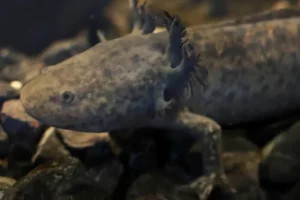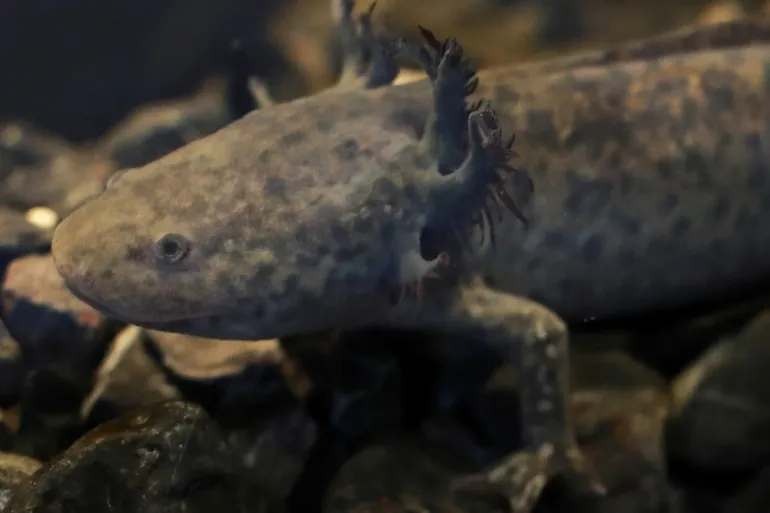
One of the world’s most endangered amphibians – the primordial and fish-like axolotl – has successfully adapted to a new environment after being released into artificial wetlands in Mexico, scientists say.
In a study that provides hope for the survival of the Ambystoma mexicanuma, a creature that has been pushed to the brink of extinction by pollution and human activity, scientists recently released 18 captive-bred axolotls into two artificial wetlands close to Mexico City.
How at risk is the axolotl?
Mexico is a biodiversity hotspot for amphibians and reptiles owing to its unique and varied habitats from tropical rainforests and deserts to cloud forests and temperate woodlands.
The waters of Xochimilco, once used for traditional farming and flushed with spring water from the mountains, used to teem with large, smiley-faced axolotls.
But pollution from Mexico City’s expanding urban sprawl has damaged the water quality of the city’s canals, which flow into the lakes. Furthermore, rainbow trout, which have escaped from nearby farms, have displaced axolotls in lakes around the capital and eaten their food.
Researchers have also found that increasing numbers of axolotls have died from chytrid fungus, a skin-eating disease causing a catastrophic reduction in amphibian numbers in other parts of the world from Europe to Australia. The fungus has also been found in Mexico although it is not yet a major problem.
Climate change is another factor threatening the axolotl as even small shifts in temperature and rainfall can disrupt ecosystems and erode biodiversity.
In 2013, scientists voiced fears that they might disappear altogether by 2025.
The axolotl isn’t the only species in Mexico facing an uncertain future. The pine forest stream frog, the clarion night snake and the Mexican alligator lizard are some of the other species that are also critically endangered.

